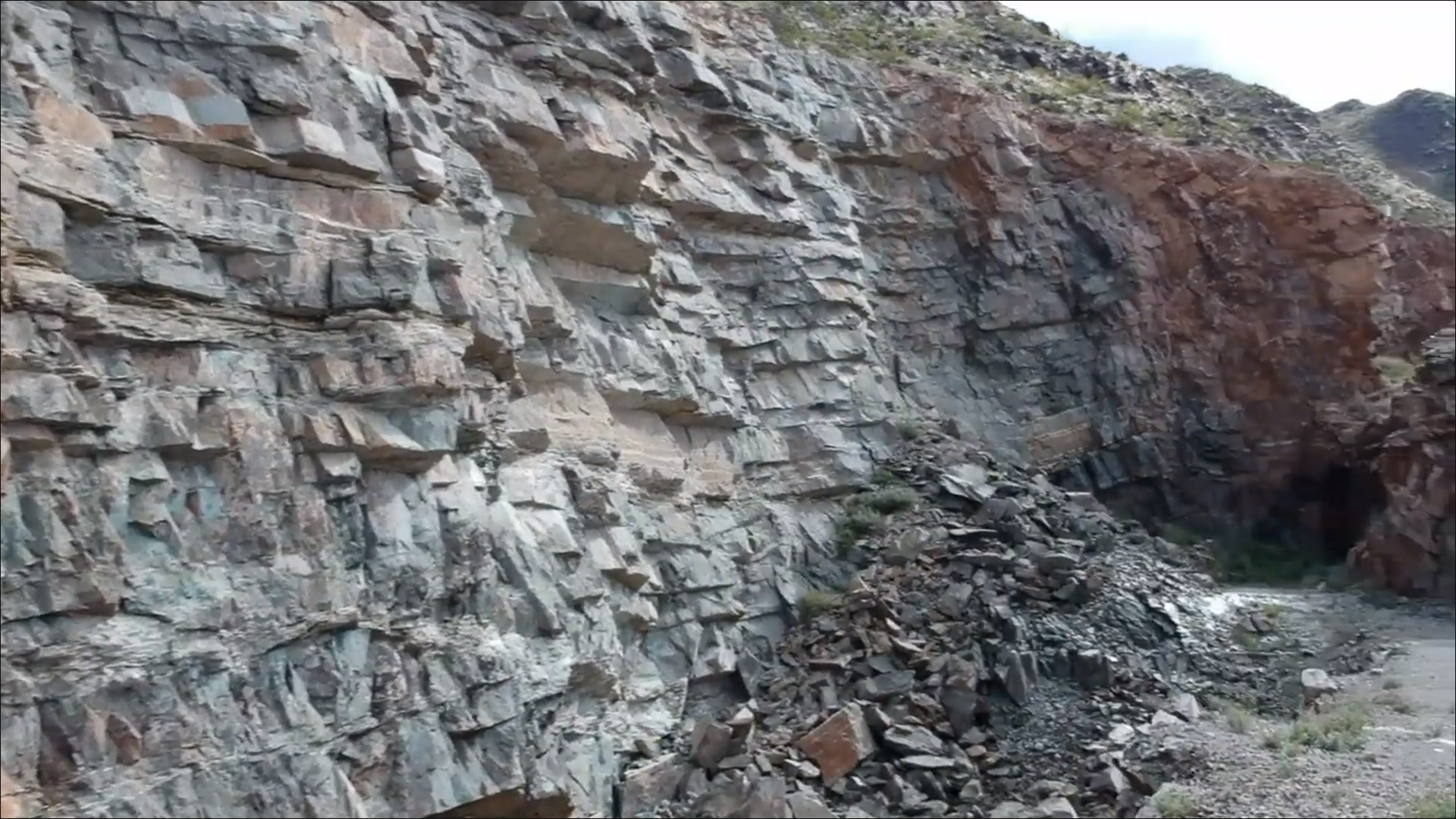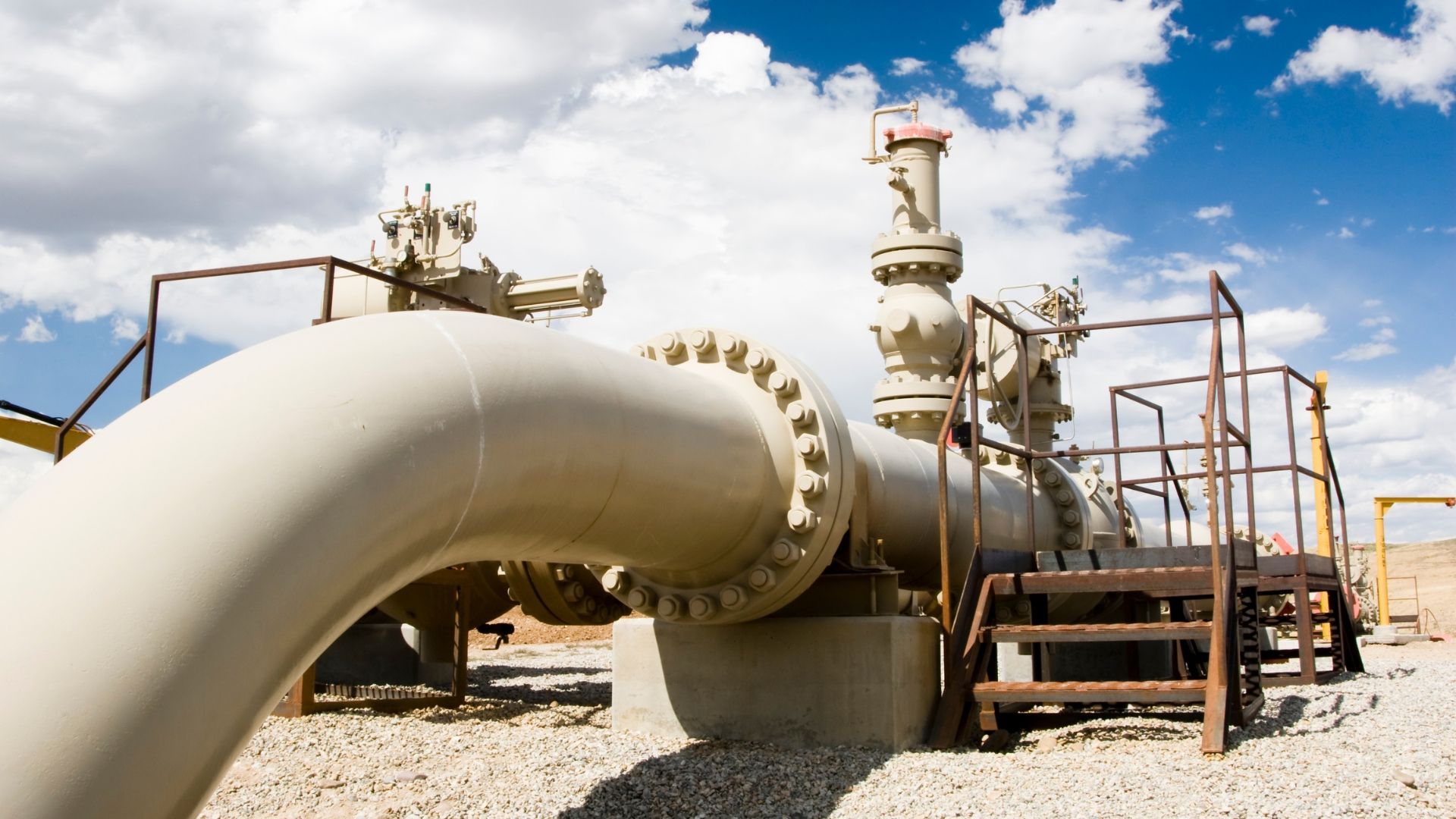VVC Exploration Corporation ("VVC" or the "Company") is pleased to announce that it has successfully completed and connected its first helium well in the Syracuse Project, known as the Levens #2, to Tumbleweed Midstream’s Ladder Creek Pipeline (the "Pipeline"). The Pipeline transports gas to the Ladder Creek Helium Processing Plant in Cheyenne Wells, Colorado.
Located in Hamilton County, Kansas, the Levens #2 is part of the Company’s 16,400-acre Syracuse Project. The Levens #2 was successfully drilled to a depth of 2,478 feet and encountered multiple gas zones. Following a period of clean-up and additional analysis over 30-45 days, our technical team will report on the average flow rates, helium percentages and economic viability of this well. This data is expected to be announced when it becomes available in early to mid-May.
"The connection of the Levens #2 well to the Ladder Creek Pipeline is the culmination of a tremendous amount of work by VVC’s helium team and represents an inflection point for VVC’s helium business. The Syracuse Project wells are the foundation for, and the beginning of, the massive growth in helium production, anticipated to occur by year’s end. We are particularly happy with the platform for growth that our professional team has built," commented Jim Culver, VVC President and CEO.
The Syracuse Project is one of the Company’s four helium projects, aggregating to approximately 41,000 acres leased, with leasing continuing.
Stockhouse Publishing
Pursuant to an arrangement with Stockhouse Publishing Ltd. ("Stockhouse") in August 2021, Stockhouse is assisting VVC with general market outreach and investor awareness as VVC continues to grow its investor base. This arrangement provided VVC with access to over 30 different marketing tools focused on editorial, brand awareness and amplifying news on VVC, in order to reach a larger investor audience. Stockhouse provided us with the opportunity to reach out to the investment community, and create a platform to educate and inform our investors in a more personal manner about the Company's projects.
As provided in the Agreement, VVC intends to settle, as a third tranche, $15,000 of the amount owing for services by the issuance of 125,000 shares at the price of $0.120 per share, being yesterday's market price discounted by 25%. Two other share issuances will occur in three and six months for the remaining $30,000.
The Securities to be issued pursuant to this transaction will be subject to the approval of the TSX Venture Exchange and to the applicable statutory, exchange and regulatory hold period of four months and any other required resale restrictions.
"The connection of the Levens #2 well to the Ladder Creek Pipeline is the culmination of a tremendous amount of work by VVC’s helium team and represents an inflection point for VVC’s helium business. The Syracuse Project wells are the foundation for, and the beginning of, the massive growth in helium production, anticipated to occur by year’s end. We are particularly happy with the platform for growth that our professional team has built."
- Jim Culver, VVC President and CEO.






